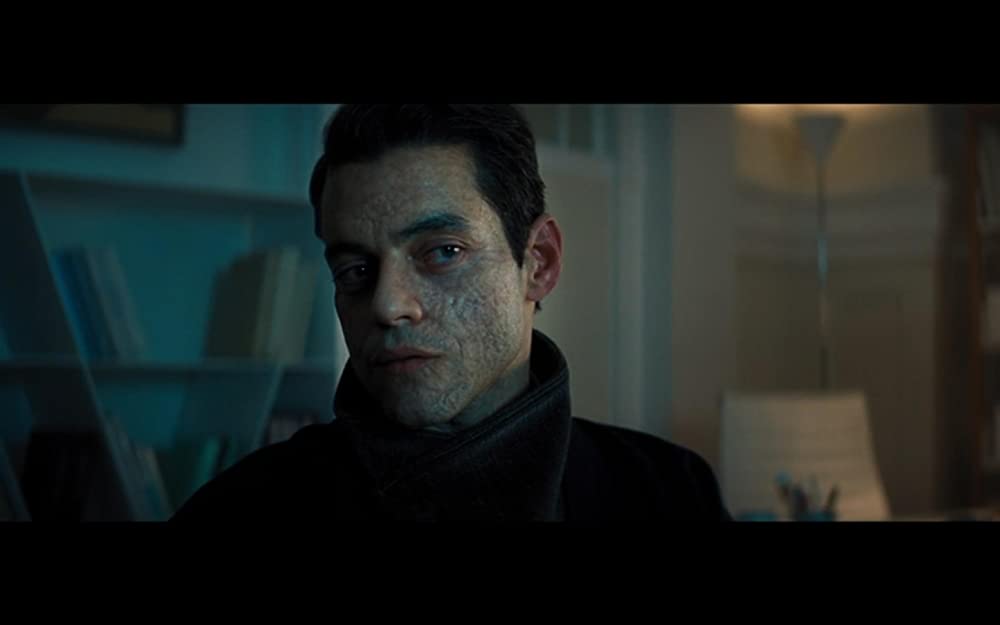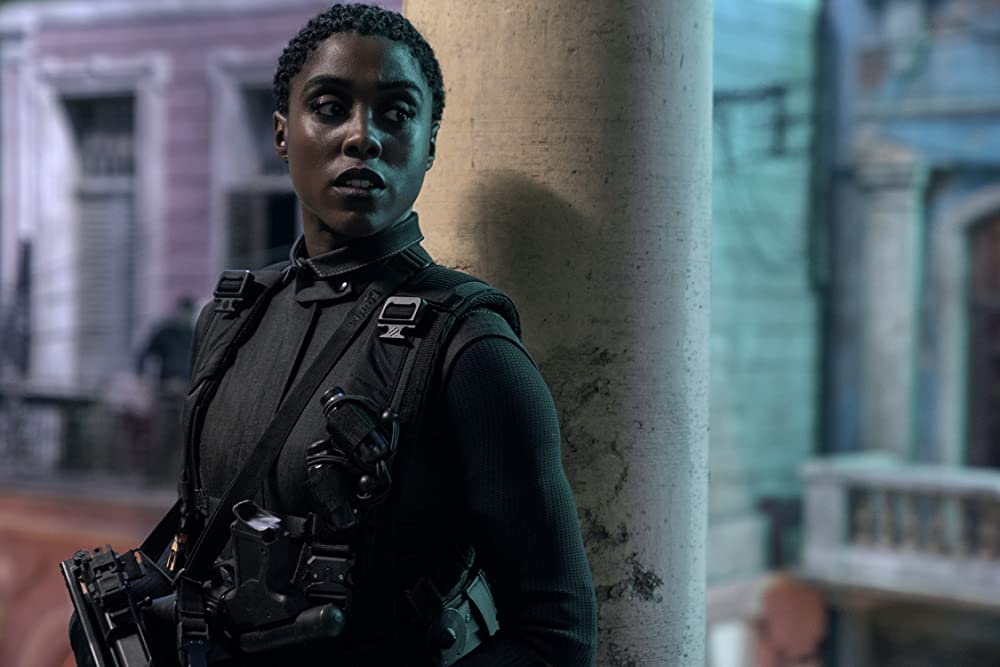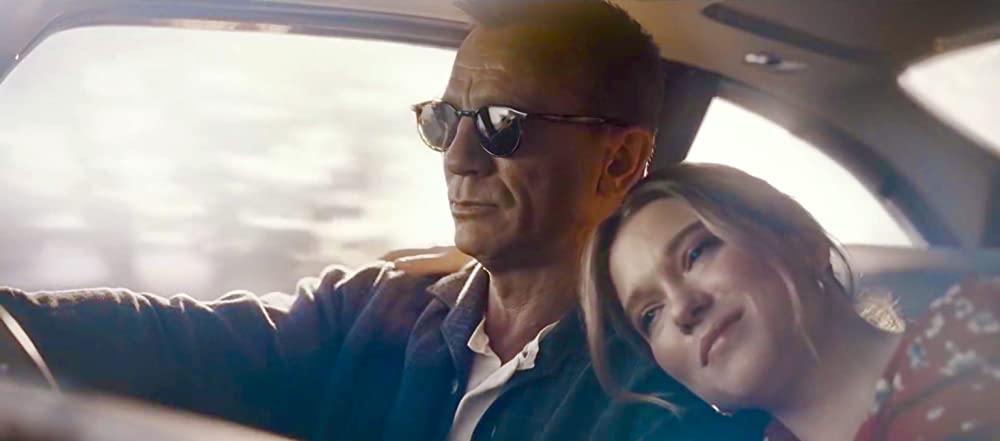By Claire Meakins, English, Second Year
*mild spoilers ahead*
No Time To Die was always going to be a landmark Bond film. It marks the 25th film in the series, Daniel Craig’s final outing as the character, and, crucially, it is one of the biggest cinema releases since the pandemic began; a lot was riding on the film both for fans of the series and fans of cinema in general (if Bond can’t seduce people into cinemas, who can?).
Fortunately, it doesn’t disappoint in providing the action-packed escapism Bond is so well-loved for. The film introduces us to a Bond who has retired from active service and is living off grid in Jamaica. Soon enough though, he is dragged out of his tranquil life and into the thrilling hijinks viewers are used to. Still, it’s worth noting that this is a different, more mature and emotionally available version of the character. Daniel Craig shows his adaptability by combining the macho stoicism we’re used to from Bond with new vulnerability. It’s through elements like this that director Cary Joji Fukunaga has created a film which feels quintessentially ‘Bond’, but also breaks away from some of the more problematic aspects that have bogged down the series in the past.

It is notable, for instance, that the ‘Bond girls’ in No Time To Die are generally not love interests or merely plopped in for the male gaze. Bond’s only relationship in the film with Dr Madeleine Swann (Léa Seydoux) continues on from Spectre (2015) and it is deeper and more romantic than we’re used to seeing from the series. Plus, Swann certainly cannot be described as a typical ‘Bond girl’ with her cold reserve and protective, maternal strength.
Ana de Armas’ performance as Paloma is especially noteworthy though. Paloma’s initial appearance implies all of the glamour of the traditional ‘Bond girl’ but she quickly reveals herself to be far more capable and multi-faceted than the majority of her predecessors.
Armas’ performance is charismatic and quirky, it’s just a shame she wasn’t given more screen time (especially considering the film’s runtime).

Another character who deserved more screen time is the villainous Safin (Rami Malek). Safin is the main antagonist, but he feels more like a menacing presence than an actual character. The exceptional Rami Malek cannot be faulted for his acting, but the character is written like an underwhelming caricature of a Bond villain.
Safin’s motives seem somewhat unclear, beyond God-like megalomania and a vague desire for revenge, while his facial disfigurement and ambiguous accent play into the disrespectful trope of using ‘otherness’ as a marker for villainy. In a film that was hotly anticipated for bringing more diversity and equality to the series, Safin’s appearance stands out as tonedeaf.

In virtually every other area though, No Time To Die does deliver in supplying diversity that is unforced and refreshing. The Bond series isn’t exactly renowned for its inclusivity, but this film appears to be a significant step in the right direction.
Nomi (Lashana Lynch), as the retired 007’s replacement, is a standout character and it definitely doesn’t feel like she’s been cast purely for her race or gender. Her witty interactions with the other characters, especially with Bond, are hugely entertaining and her suaveness is effortlessly captivating. She is a very welcome addition to the series that, hopefully, will be seen again in the upcoming films (indeed, it’s even been rumoured that she will be the next Bond).

Said films do remain quite the mystery. Fukunaga definitively wraps up this era of Bond in an unexpected way that has provoked a lot of frantic theorising. It’s hard to know what awaits the series but No Time To Die is undoubtedly a step in the right direction. Obviously, it’s not perfect, but it is an excellent Bond film. It blends the tongue-in-cheek wit and outrageous gadgets of earlier Bond with the newer, grittier aspects in a way that feels exciting and fresh. The long runtime barely drags due to snappy pacing and, though the plot is slightly convoluted, No Time To Die takes a firm hold of the viewer’s attention. This is a film that promises positive changes to the series while maintaining Bond’s essential charm.
Featured Image: IMDB, Nicole Dove
Did you find the time to check out No Time To Die? Tell us in the comments.








